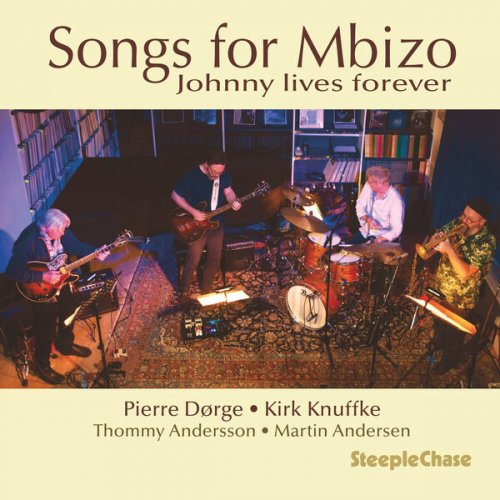Robert Glasper Experiment - Black Radio (2012) LP
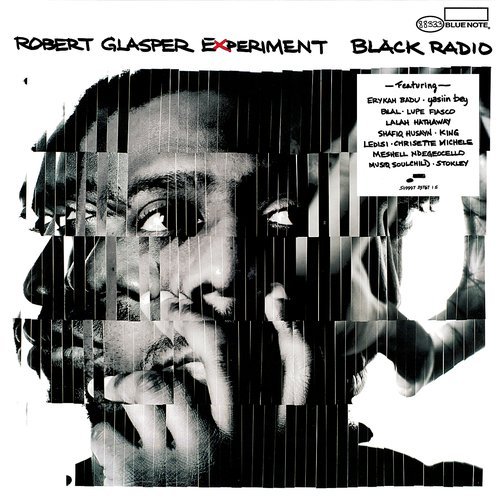
Artist: Robert Glasper Experiment
Title: Black Radio
Year Of Release: 2012
Label: Blue Note (88333 / 509997 29767 1 5)
Genre: R&B, Neo Soul, Hip Hop
Quality: FLAC (tracks) 24/96
Total Time: 01:04:16
Total Size: 1.29 GB
WebSite: Album Preview
Tracklist:Title: Black Radio
Year Of Release: 2012
Label: Blue Note (88333 / 509997 29767 1 5)
Genre: R&B, Neo Soul, Hip Hop
Quality: FLAC (tracks) 24/96
Total Time: 01:04:16
Total Size: 1.29 GB
WebSite: Album Preview
01. Lift Off/Mic Check (feat. Shafiq Husayn) (3:53)
02. Afro Blue (feat. Erykah Badu) (5:11)
03. Cherish the Day (feat. Lalah Hathaway) (5:39)
04. Always Shine (feat. Lupe Fiasco and Bilal) (4:40)
05. Gonna Be Alright (F.T.B.) (feat. Ledisi) (6:43)
06. Move Love (feat. KING) (3:15)
07. Ah Yeah (feat. Musiq Soulchild and Chrisette Michele) (5:08)
08. The Consequences of Jealousy (feat. Meshell Ndegeocello) (6:05)
09. Why Do We Try (feat. Stokley Williams) (6:21)
10. Black Radio (feat. Yasiin Bey) (5:22)
11. Letter to Hermione (feat. Bilal) (4:49)
12. Smells Like Teen Spirit (7:10)
Black Radio, the title of the Robert Glasper Experiment's proper Blue Note debut, is a double signifier. There's the dictionary's definition: "the device in an aircraft that records technical data during a flight, used in case of accident to discover its cause." And there's Angelika Beener's in her liner essay. She defines Black Radio as "representative of the veracity of Black music" which has been "...emulated, envied and countlessly re-imagined by the rest of the world...." With jazz as its backbone, Glasper, drummer Chris Dave, bassist Derrick Hodge, and Casey Benjamin on reeds, winds, and vocoder, cued by the inspiration of black music's illustrious cultural past, try to carve out a creative place for its future. The album is a seamless, deeply focused meld of jazz, hip-hop, adult contemporary R&B, neo-soul, even rock, with an expansive use of rhythmic and melodic invention; all of it surrounded by spacious, natural-sounding production that's smooth, never slick. The various elements yield the desired result: making the whole greater than its parts. Sa-Ra's Shafiq Husayn introduces it with "Lift Off." Erykah Badu takes the Cuban jazz classic "Afro Blue" and extends it using hip-hop rhythms and neo-soul groove wedded to her signature, jazz-tinged croon. Benjamin's airy flute and Glasper's Rhodes and piano converge in the center; Hodge's bass adds slip for the drum kit. Lalah Hathaway's gorgeous vocal on Sade's "Cherish the Day" finds the rhythm section bumping around the fringes and creating a new pocket, which she embraces while finding spaces inside the song that weren't there before. On "Always Shine," Lupe Fiasco's flow meets Bilal's emotive modern soul. The band stretches conventional 4/4 time, and the piano and synth shapeshift through the melody, adding depth and musical drama. "Gonna Be Alright" is a re-imagining of Glasper's "F.T.B." with new lyrics and a rousing, elegant vocal by Ledisi. King dreamily croons through "Move Love," as the Experiment pushes the time accents to a near breaking point. "Ah Yeah," with Musiq (Soulchild) and Chrisette Michele, is a sensual babymaker that expands the reach of contemporary jazz. The subtle yet fragmented breaks in "The Consequences of Jealousy," combined with Glasper's right-handed, upper-register chord creations, give Me'Shell Ndégeocello's vocal room to step outside the frame to fully inhabit the brooding musical simmer as an improviser. On "Why Do We Try," Stokley's (Mint Condition) breezy vocal is the bridge between Glasper's counterpoint melodies (one on each hand, with plenty of block chord improvisation), and the organ-esque timbres, popping breakbeats, and rumbling bass harmonics. The title track, with Yasiin Bey (formerly Mos Def) commences with hip-hop in the tune's head; the rhythm section charges full press to meet his rapid-fire delivery, but Glasper and Benjamin offer gentler modal grooves on the margins without blunting the impact. Bilal uses his elastic phrasing to offer an iconic reading of David Bowie's "Letter to Hermione," as the band follows and builds upon his twists and turns. A drum machine and slurred speaking voice introduce Glasper's modally strident reading of "Smells Like Teen Spirit" to close. As Benjamin sings through his vocoder, loops, blips, and sample fragments haunt the middle like ghosts. Glasper approaches the melody elliptically; but grounds the entire tune, even as the rhythm section and effects gather steam. Before long, everything converges to propel it into the stratosphere. Black Radio creates an entirely new context for popular music in its near erasure of boundaries. It is the sound of the future -- even if no one knows it yet.
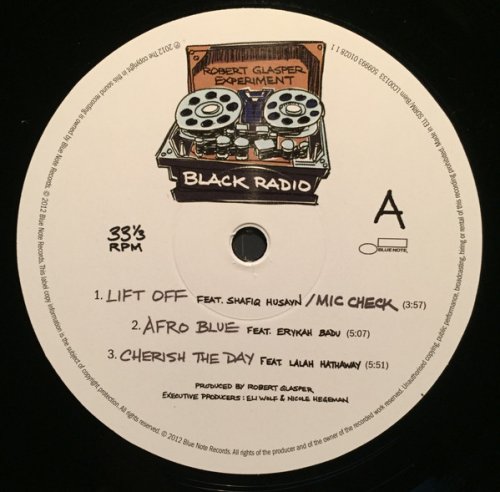
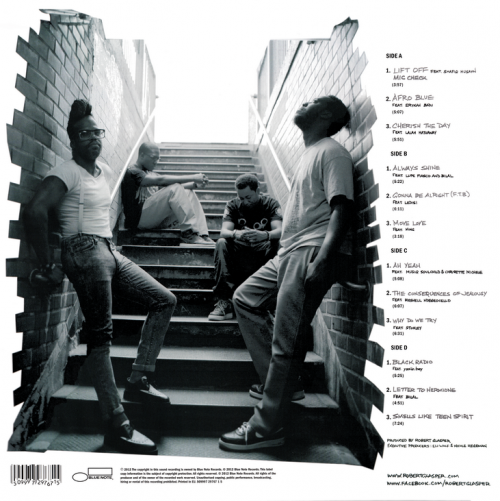
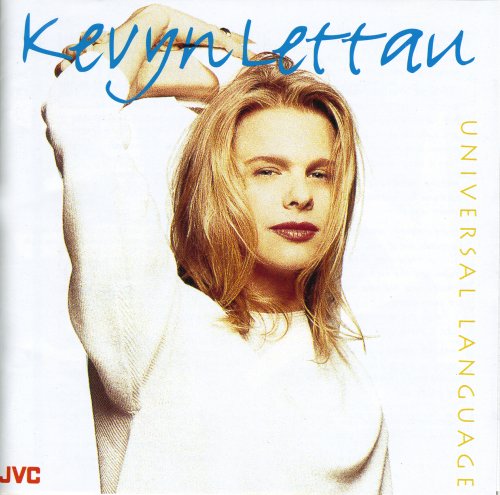
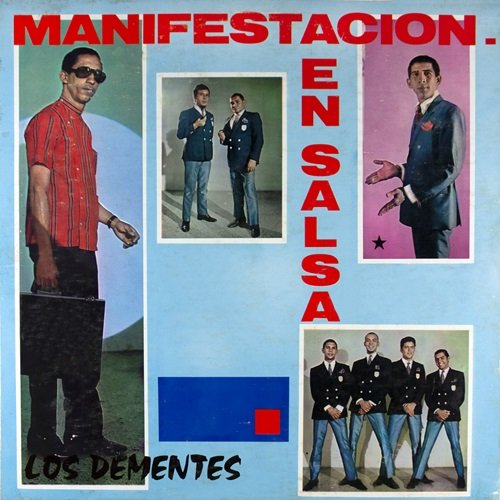
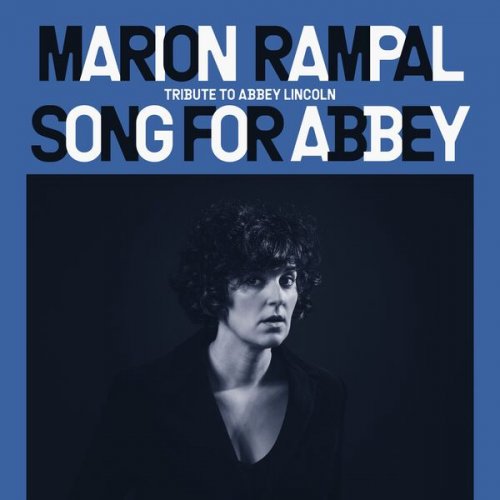

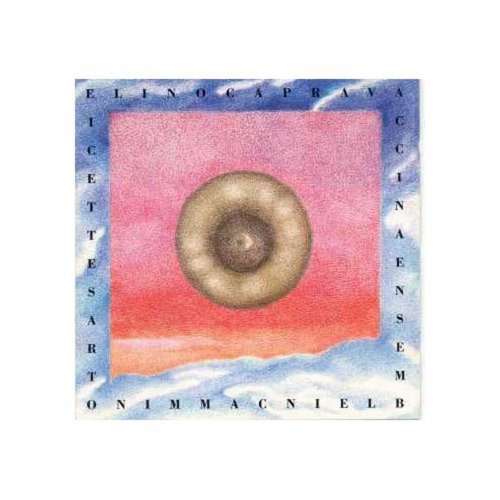

![Roy Ayers - Secrets Of The Sun (2025) [Hi-Res] Roy Ayers - Secrets Of The Sun (2025) [Hi-Res]](https://www.dibpic.com/uploads/posts/2025-11/1763050853_cover.jpg)

